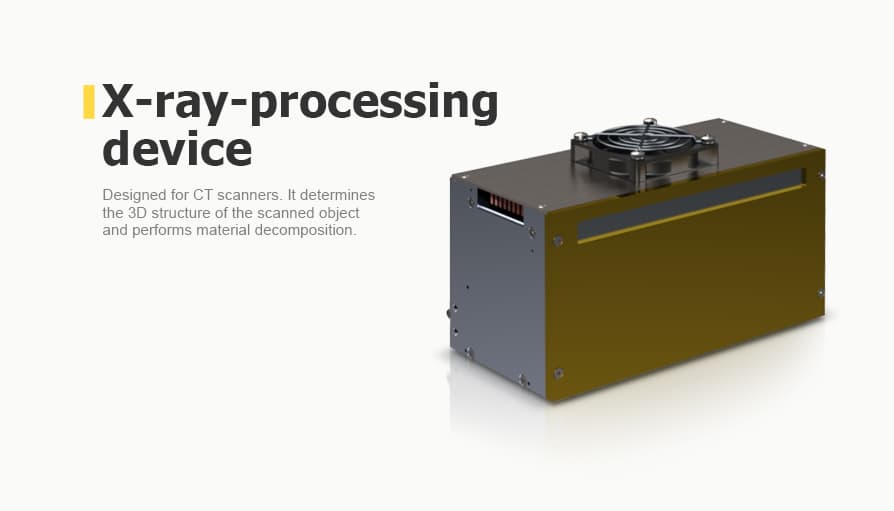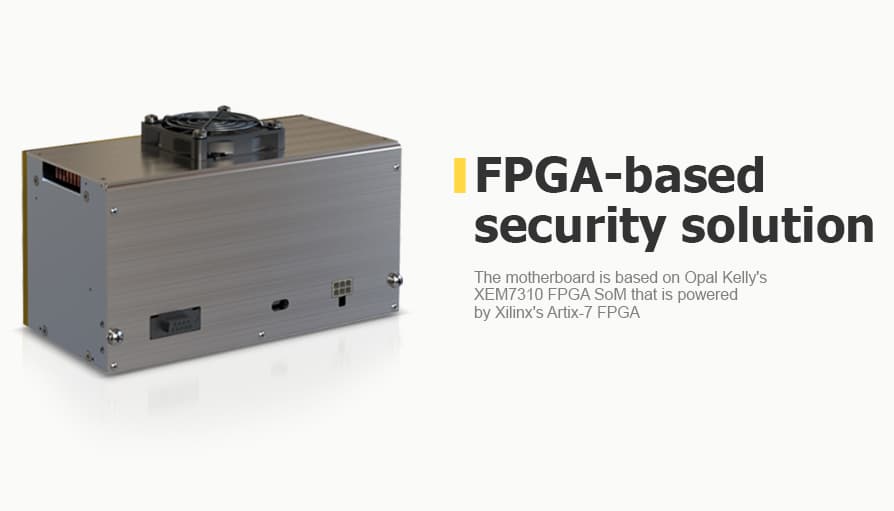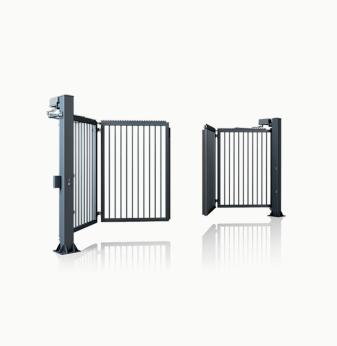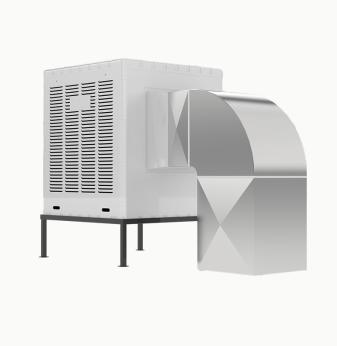X-ray processing device design
Client
A world-leading security screening solutions provider.
Challenge
A customer turned to us to develop an X-ray-processing device applied in security CT scanners. It determines the 3D structure of the scanned object and performs material decomposition.
The device has four simultaneous energy bands and reduced pixels optimized for security photon-counting CT.
Solution
1. Hardware design
During the project, we designed the motherboard that is the main carrier board. FPGA SoM and the measurement boards are installed on the motherboard.
The motherboard is based on Opal Kelly's XEM7310 FPGA SoM. The XEM7310 is powered by our partner Xilinx's Artix-7 FPGA.
We installed connectors for the connection of measuring boards. The device has two isolated inputs for external synchronization.
The motherboard has a connector for a high voltage DC/DC module. This is used for supplying high voltage to the detectors.
The motherboard monitors:
- the board temperature and humidity;
- each measurement board supplies voltage and current;
- input supply voltage and current.
2. Software Development
The device contains measuring boards or sensor boards. They are connected via a JTAG interface in a single closed circuit. The master in the chain is the motherboard, designed to receive and buffer data from all the device sensor boards.
All sensor boards have an identical design and FPGA configuration. They don’t differ from each other at all. Each sensor board has a dedicated serial channel for sending data to the motherboard.
The motherboard also contains an FPGA chip. Its main task is to collect data from all sensor boards.
The FPGA architecture is based on the AXI memory map system bus. All modules are connected to it, providing flexibility and scalability of the system.
The main module on the bus is the microprocessor core Soft MCU, implemented on the logic resources of the FPGA. The MCU receives commands from the host via the USB bus and configures all other modules according to the specified operating algorithm.
There are also several peripheral modules on the motherboard: temperature, humidity, and current sensors. They are available for high-level software via a specific communication protocol with the MCU.
3. Mechanical Design
Within the project, we created the industrial and mechanical design of the enclosure for measuring boards. These boards have the same design and can be arranged in any sequence.
The side, bottom, and front panels of the enclosure are made of aluminum alloy and brass by milling method.
At the position of the sensors on the measurement boards, a 250-350 micron thick screen is attached to the front wall of the device. The screen enables the smooth gathering of the necessary information.
The rear panel is a stainless steel sheet plate.
The fins of the radiator are covered by a decorative sheet plate on top.
Slots are designed on the side walls of the unit to enable smooth airflow from the fan that cools the heatsink.
Business Value
Here are just a few of the value benefits for the customer:
- small pixels for a security CT scanner;
- performs material decomposition and more accurate Zeff calculations;
- the application area is security scanning;
- high layout density of measuring boards.























